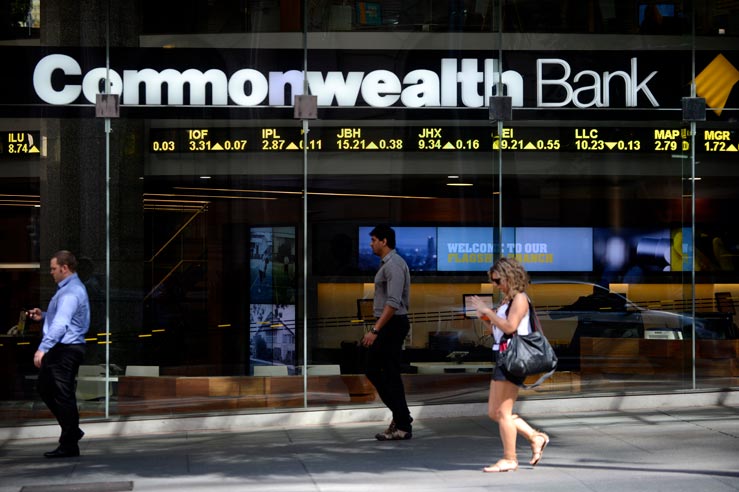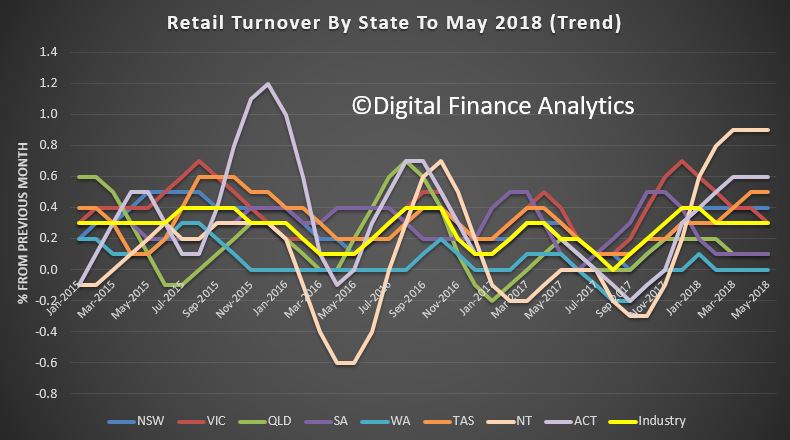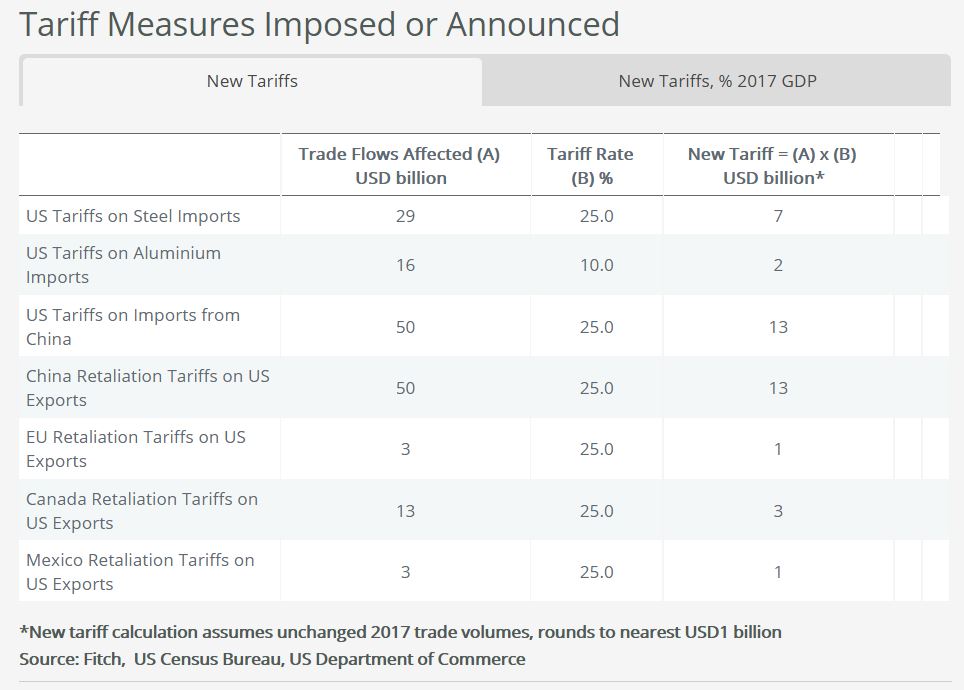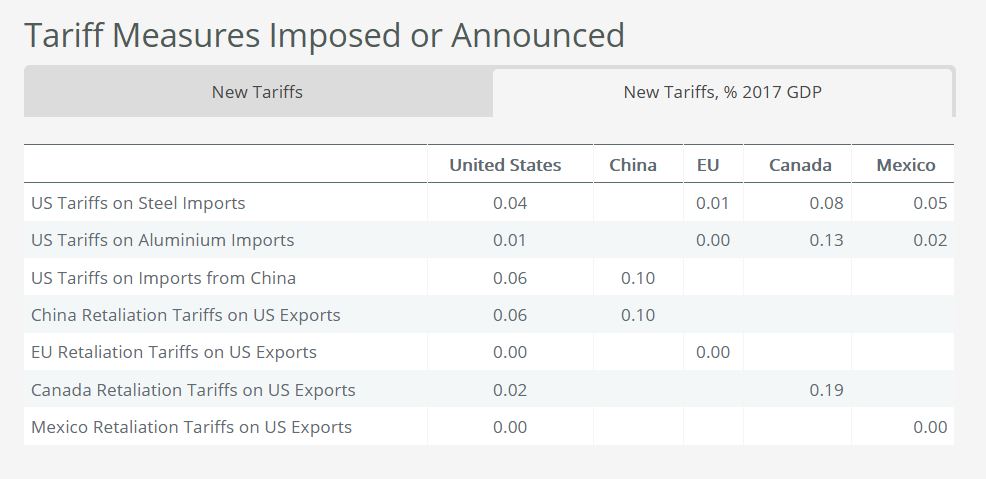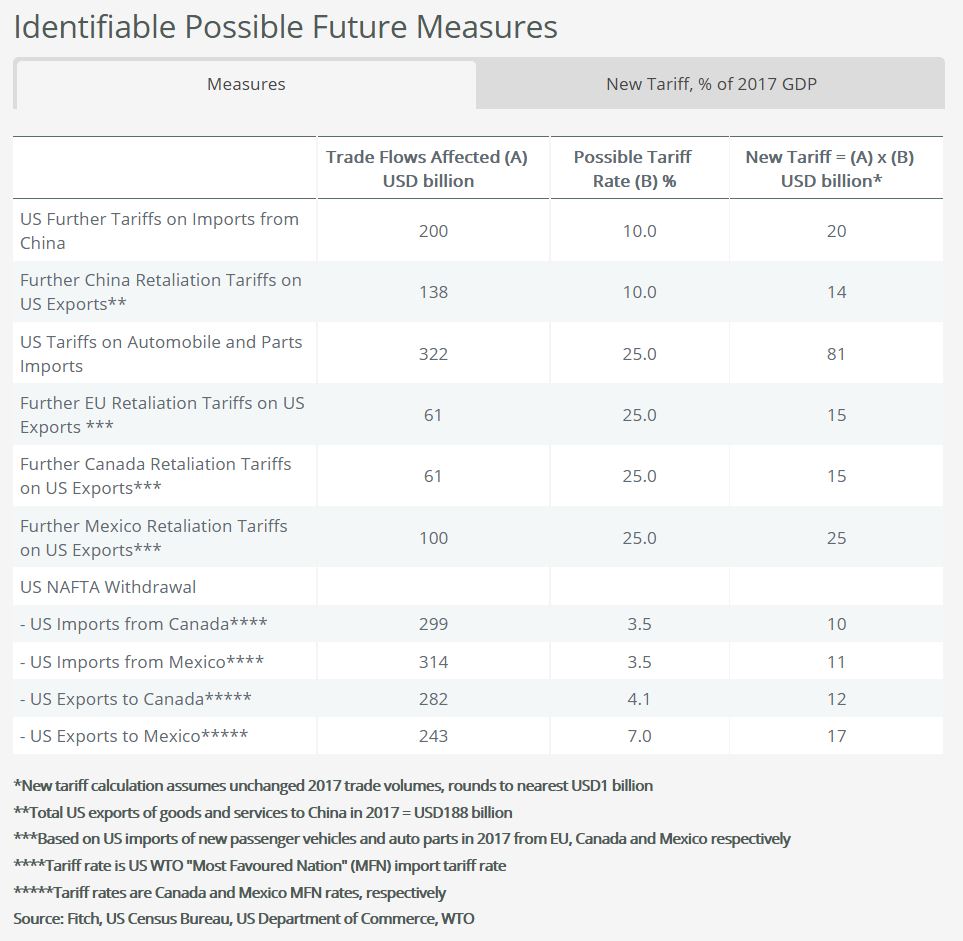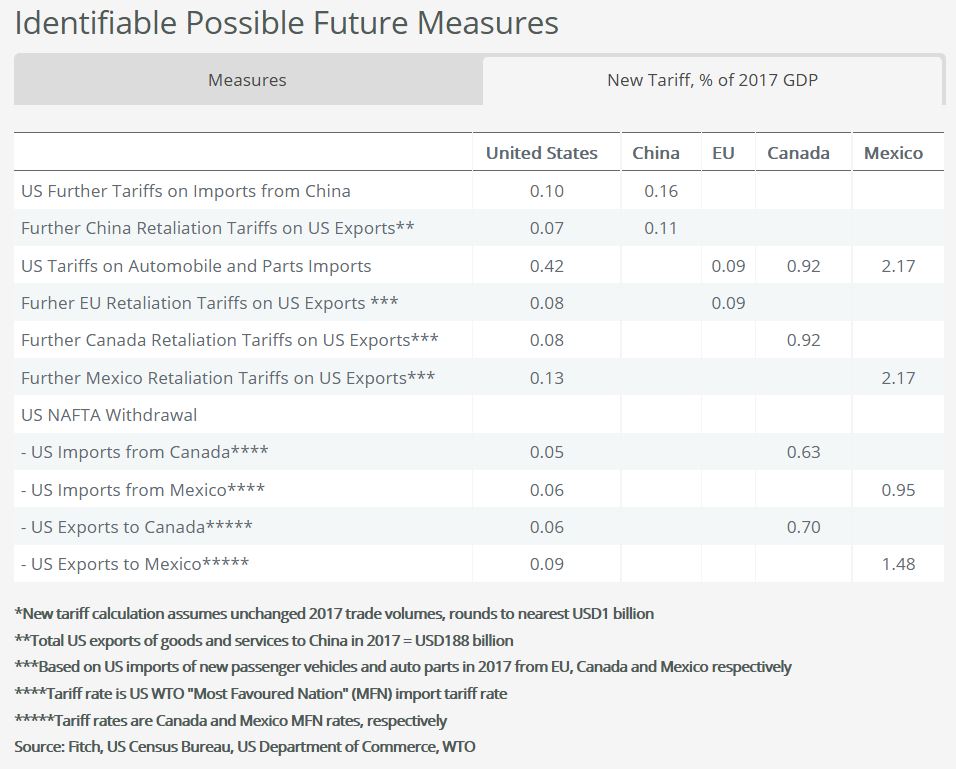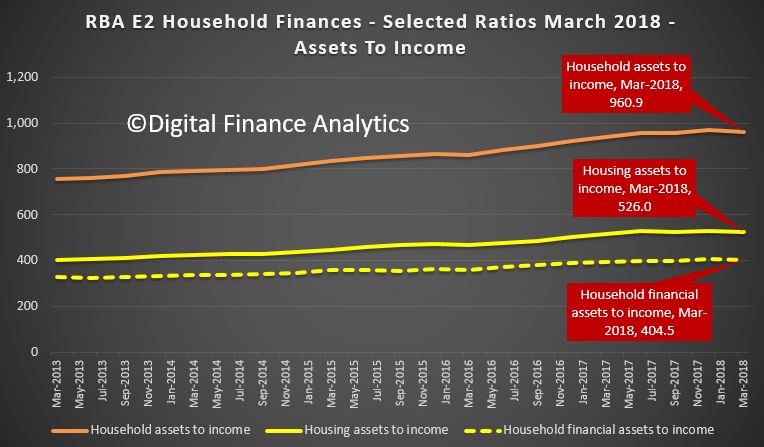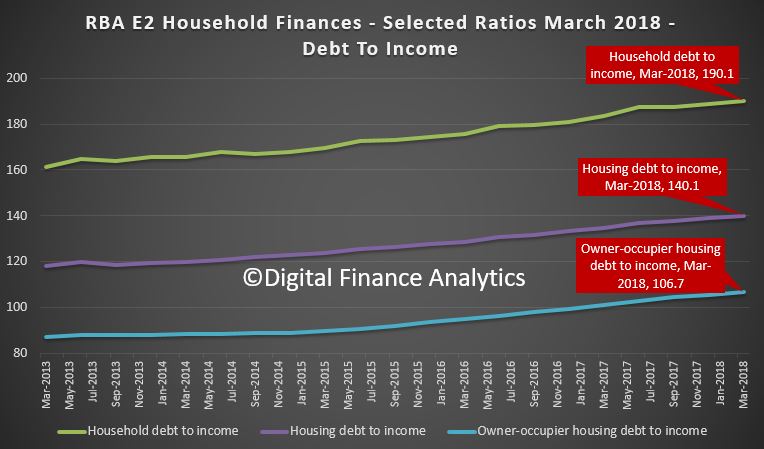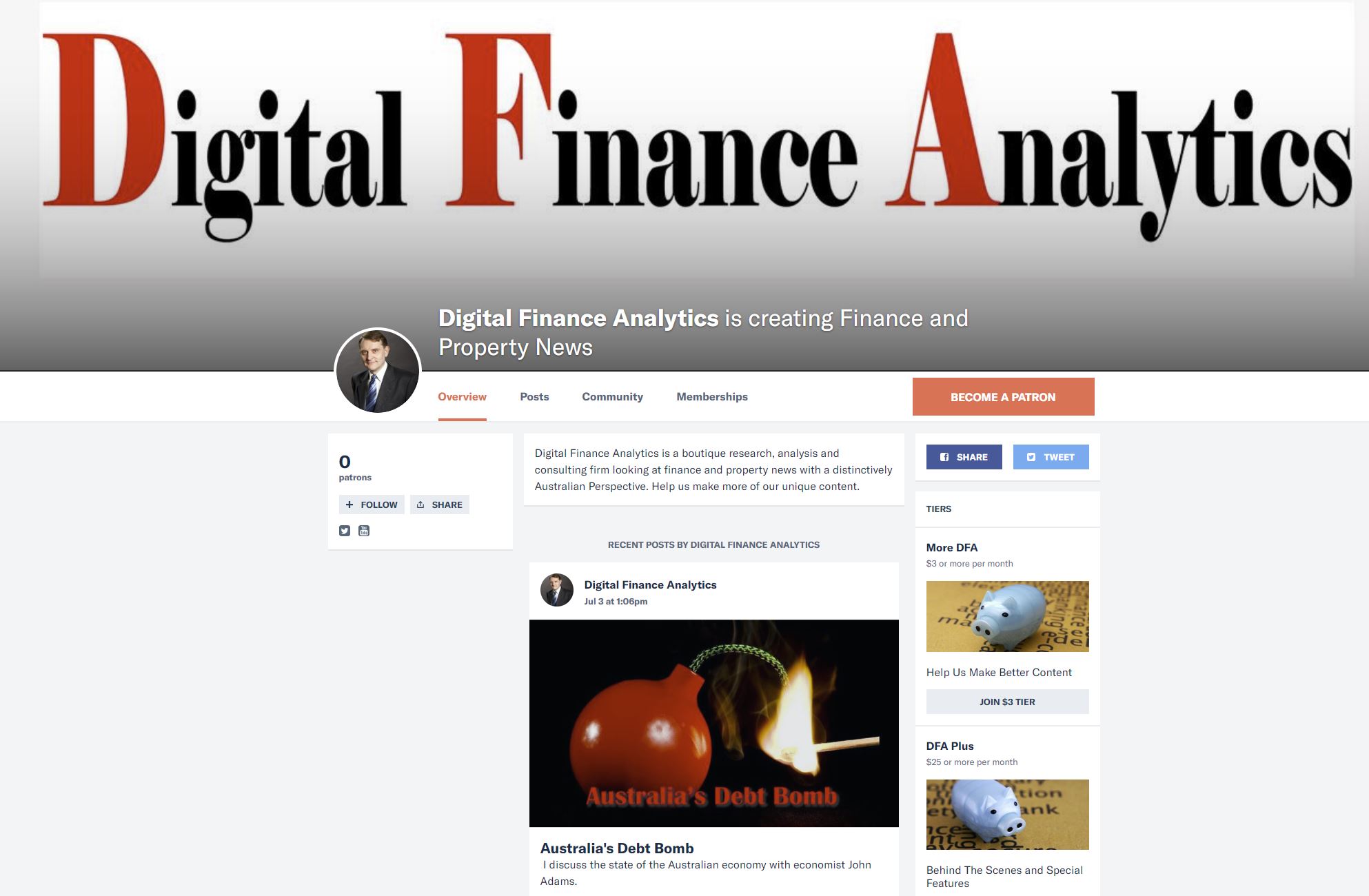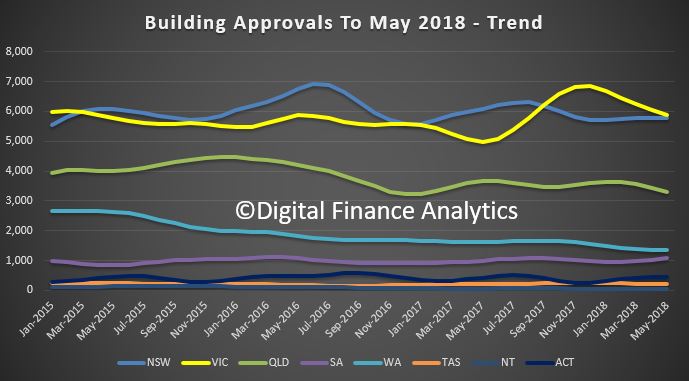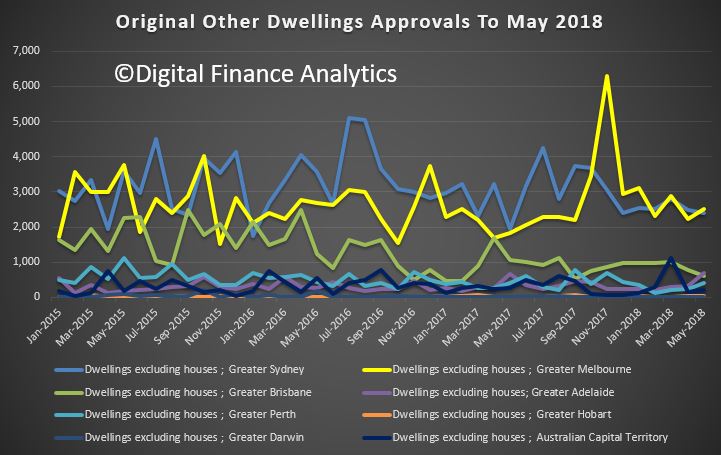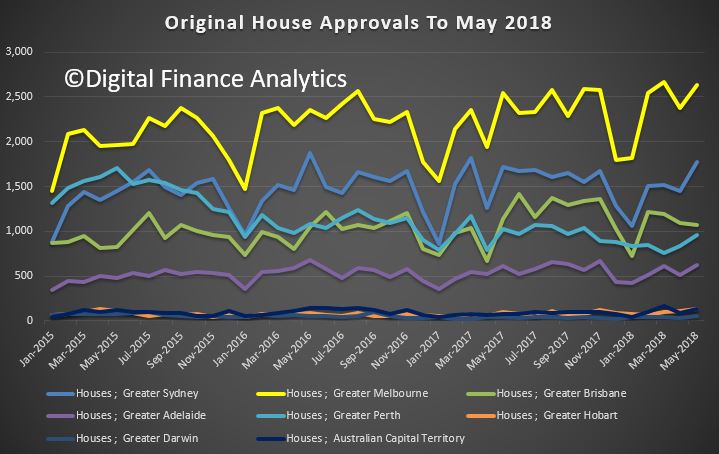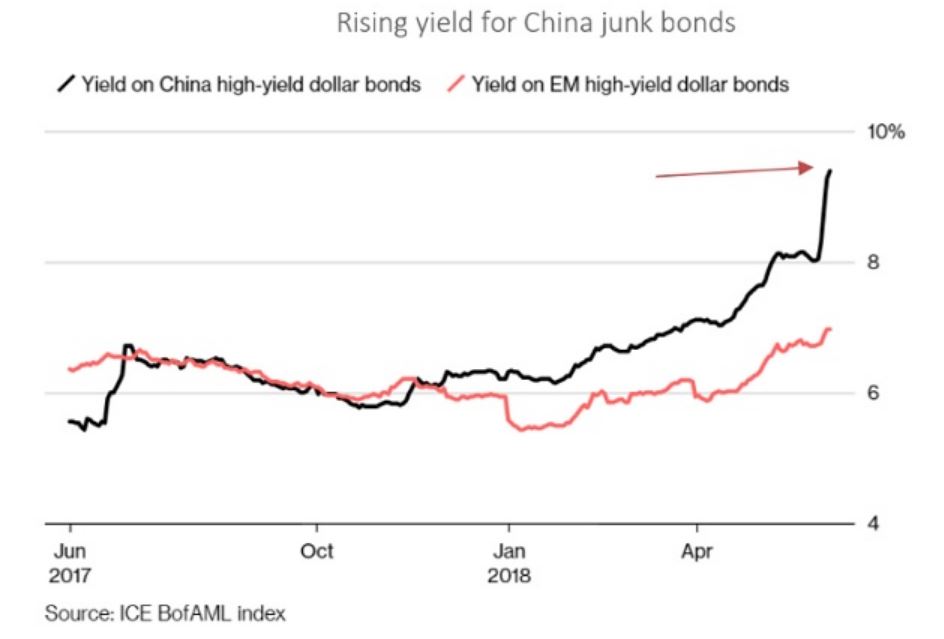CBA has announced that it will remove low documentation features on all new home loans and line of credit applications from 29 September, as the bank continues its ongoing move to ‘simplify’ the bank, via The Adviser.
The Commonwealth Bank of Australia (CBA) has told brokers that it is “simplifying” its product suite to ensure that it is “providing a suitable range of products that align with [its] customers’ needs”.
As such, from Saturday 29 September 2018, the big four bank will remove all low documentation features on new home loans and line of credit applications. Should a customer wish to top up an existing home loan or line of credit with the low doc feature, they must provide full financials for all new applications.
All new loans that have low doc feature, including Home Seeker applications, must reach formal approval by close of business on Friday 28 September 2018.
The bank has said that brokers who request an amendment to an application with a removed product or a low doc feature that has not yet reached formal approval by Saturday 29 September 2018 will need to discuss “another product option” with the customer to suit their needs.
Loans must be funded by close of business Friday 28 December 2018.
There are no changes for existing customers that have low doc loans.
The move marks a major change in the lending landscape, but in practice – CBA has not provided true ‘low doc’ loans for some time, requiring more documentation than most historical low doc loans required.
Indeed, this type of loan product makes up a minimal proportion of the bank’s portfolio.
As well as removing the low doc feature, the bank will also remove several home loan products, including:
One-year Guaranteed Rate
Seven-year Fixed Rate loans
12-month Discounted Variable Rate;
Rate Saver products
Three-year Special Rate Saver; and
No Fee Variable RateIf a customer wants to top up a One-year Guaranteed Rate, Seven-Year Fixed Rate or a 12-month Discounted Rate Home Loan they must complete a switch to another available product that best suits their needs.
An early repayment adjustment and an administrative fee may apply on the One-year Guaranteed Rate and Seven-year Fixed Rate when completing a switch.
Top-up applications for Rate Saver, Three-Year Special Rate Saver and No Fee Home Loans will still be available.
A CBA spokesperson said: “At the Commonwealth Bank, we constantly review and monitor our suite of home loan products and services to ensure we are maintaining our prudent lending standards and meeting our customers’ financial needs.
“From September onwards, we will be streamlining our suite of products to deliver our customers a simplified and competitive range of home loan solutions.”
Highlighting that the bank’s product suite offers “attractive” standard variable rate and fixed rate options, while its extra home loan products offer customers “low interest rates, no monthly fees, and no establishment fees”.
“Whatever our customers’ needs, our network of brokers or home lending specialists can help them find a flexible mortgage and guide them through the entire home buying journey, providing support every step of the way,” they said.

